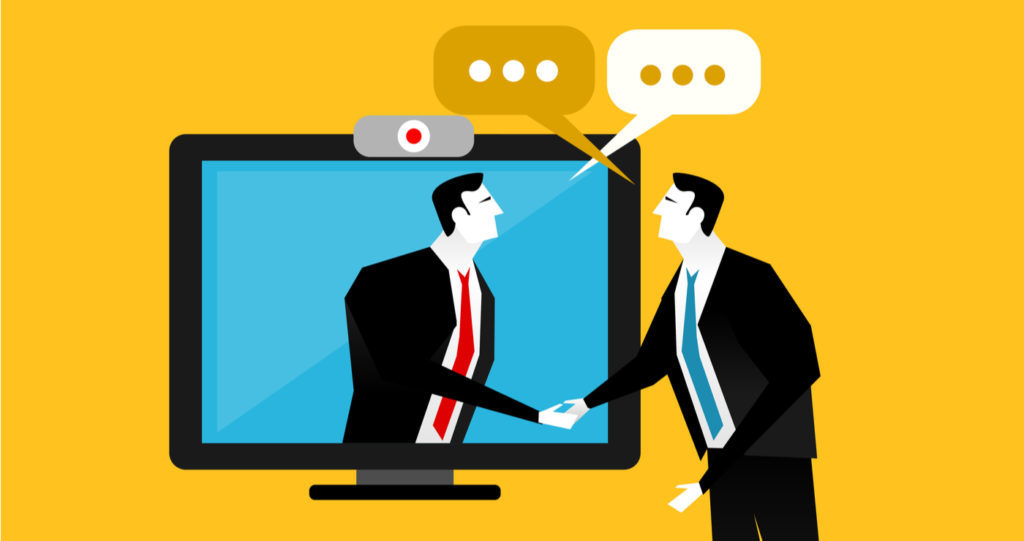A sales discovery call is a two-way conversation between a company and buyer. The purpose of the call determines if the parties are a good fit for each other, and uncovers the buyer’s weakness, priorities, and goals. This intel then helps an agent effectively sell a solution.
To navigate the process, use these tips for making an effective discovery call.
Pre-strategize
Before picking up the phone, a sales agent should create and practice a pitch. Know the purpose of the call and prepare the questions to be asked as well as the responses that clients can give based on assumed objections. Think about the desired outcome of the call and what information can be gleaned from the conversation.
You should have the right resources too. Get the most out of inbound call center software by utilizing the most advanced omnichannel call center product. An omnichannel software platform allows agents to engage with customers across multiple channels. It enables flawless transition between channels, keeps detailed accounts of all customer-agent interactions from the beginning, and allows for customers to consistently work with the same agent.
The more preparation that goes into a discovery call, the more streamlined the execution will be and the higher the chance of having a productive call.
Record calls
Whenever possible, record discovery calls. When talking to a customer, notes need to be taken throughout the duration of a call. A lot of information can come up, and trying to decipher scribbled notes after the fact can be confusing when it comes to follow up.
Automatically recording phone calls ensures that all details, context, and tone do not get lost in translation. Plus, re-visiting calls is a great coaching exercise to find where there is room for improvement and what tactics are successful.
Set the agenda
Start a discovery call with an agenda of objectives in order to manage a prospect’s expectations and bring them into the sales process. Strategy keeps an agent in control of the conversation and avoids derailing the objective or allowing room for confusion about the purpose of the call by the client.
Discovery calls are meant to uncover, learn, and build value. Agents need to approach calls with confidence and ease.
Asking the questions
Discovery is a balance between asking questions and listening. Talk-to-listen ratios are important to remember: agents should try to talk no more than 46 percent of the time, and spend the remaining 54 percent listening to prospects.
Level 1 discovery questions align with “qualification” over discovery because they establish the prospect situation and whether or not it is appropriate to delve deeper. Level 2 discovery questions further unveil details about a prospect’s challenges based on the answers to previous questions and show an agent how to be helpful.
Level 3 discovery questions are the tough ones that push the comfort boundaries. This is the level that shows the prospect how they are missing out by not using a product or service and where the agent demonstrates what can be achieved by purchasing what they have to offer.
Going for the close
A discovery call is successful when an agent can close a prospect into the next steps. When an agent feels that a call is going in a successful direction, the aim is to summarize the specific areas in which the product or service will benefit the prospect.
An “assumptive” close iterates back to the prospect how an agent can help address specific challenges that are identified during the call. A “prospect buy-in” close is less assumptive and allows for the prospect to agree that they have a challenge and are interested in having the agent share a solution.
To read more on topics like this, check out the business category.
